After a week of exceptional competition, the VALORANT Champions Tour Stage 2 Masters has come to an end. From crazy viewership to regional rivalry, Riot Games’ first international VALORANT LAN delivered in every way. Here’s the top five things we learned from VCT Stage 2 Masters.
NA isn’t too bad!
North America wasn’t expected to win much coming into VALORANT Masters 2. There were several question marks around strong regions such as Europe, Brazil and Korea. With a lack of experience playing against other regions, several thought that North America would be overpowered like in other esport locations.
All expectations were surpassed when both Sentinels and Version1 defeated the kings of Europe in Fnatic and Team Liquid. This was especially unexpected, considering the strength of Europe coming into Masters 2. That wasn’t the ending point for North America, however. Sentinels would go on to defeat Team Vikings from Brazil and NUTURN Gaming to make it to the Masters 2 final. While Version1 wasn’t able to overcome NUTURN Gaming and Fnatic, Sentinels took North America all the way to victory at the first international VALORANT LAN. Needless to say, North America surprised many with their dominance against the other regions in Iceland.
– Danny Appleford
1 million viewers and the future looks bright
The fact that VALORANT was going to be successful was a given. Organized by a company that knows how to run a competitive game and esport, the game had everything in its favor when it launched. But, not many could have guessed that the first international VALORANT LAN would hit over 1 million viewers. These numbers bode extremely well for the future of the game.
To put things in perspective, League of Legends’ Mid-Season Invitational reached 1.8 million viewers in the prior week. And, earlier this month, Rainbow Six: Siege’s Six Invitational peaked at 306K. Compared to established and long-running scenes, VALORANT is doing great. The fact that the North American region is doing well certainly helps too.
Still, other esports — such as the aforementioned Rainbow Six: Siege and Rocket League — are struggling to grow in size. Meanwhile, the new kid on the block casually pulls in a million odd viewers for a single Masters tournament. If this is only the start, who knows what the numbers will be at VCT Champions in December of 2021.
– Michael Kloos
The VALORANT esports scene is hella wholesome
While fans spammed and trash-talked each other to death throughout the first international event of its kind, VALORANT pros were surprisingly wholesome. From unexpected friendships to unwavering support for one another, Masters 2 brought some truly heart-melting moments.
It seemed that everybody wanted to be Jake “Boaster” Howlett’s friend. People paid respect to him on Twitter and took photos together as memorabilia. However, the most wholesome interaction came down to none other than X10’s Patiphan “Patiphan” Chaiwong. Both Boaster and Patiphan gained a huge fan base during this event, due to their flamboyant stage walkouts and undeniably infectious energy. It seemed that they both got on well in real life too. After X10 as knocked out of the tournament, Boaster posted “There’s another Boaster out there and his name is Patiphan, who knew?”
There’s another Boaster out there and his name is Patiphan!!! Who knew!? 😊 https://t.co/9Qn91ffPpQ
— FNATIC Boaster (@OfficialBoaster) May 27, 2021
Boaster’s friendship with V1’s IGL Anthony “vanity” Malaspina also pulled on heartstrings; not to mention the number of pros fangirling over the likes of Adil “ScreaM” Benrlitom and Tyson “TenZ” Ngo. You can’t hate the cheesiness because, with the results and outcome aside, the best part is the friends they made along the way.
– Yinsu Collins
Every top team had a strong CS IGL
When VALORANT’s open beta first opened, lots of former Counter-Strike players flooded the game looking for a second chance. In fact, Braxton “brax” Pierce was the first ever pro player in the scene. Counter-Strike players had the advantage over all other as they have the FPS knowledge that easily transfers, for the most part, between the two games. So, going into VCT Masters 2, it’s no surprise that almost every team has an experienced in-game-leader from Counter-Strike.
Kang “solo” Keun-chul of Nuturn, Jake “Boaster” Howlett of Fnatic and Shahzeb “ShahZaM” Khan of Sentinels have all played thousands of hours of Counter-Strike. Having an experienced IGL allows any team to already have a high level of tactical knowledge, adding on thousands of hours of practice to a new game. Without these strong IGLs, NUTURN, Fnatic and Sentinels would not have placed as high at Iceland. But, because these teams — and especially Sentinels — had such strong IGLs, Sentinels won the entire tournament.
– Zain Merchant
Let’s talk about the format of VALORANT’s first international LAN
While this first international VALORANT LAN was fun to watch and had some great games, the format was a bit of a mess. Riot Games are not known for their great tournament formats. Year after year in League of Legends, fans, analysts and players complain about the format for their international events. So far in the VCT, some regions have had laughably inconsistent formats, or just outright unconventional ones. For this event, with 10 teams, a double-elimination bracket was a nice addition but its execution was flawed.
Ten teams creates an awkward bracket and there are ways to whittle down the field beforehand; possibly a group stage or a GSL groups format. This would also solve the seeding problem. Outside of the top two European and North American teams, the bracket seeding was random. This seemed like a slap in the face to some teams; like the Brazilians who also received two spots in the tournament. The random seeds caused confusing matchups, like Fnatic vs. KRÜ Esports in the first round, and gave others an easier path to the finals with no reason for the decision. The tournament was a great spectacle. However, better seeding and format would have livened up the event and made many of the matches feel more balanced and fair. Coming into Masters 3, Riot should come up with a better format. If it doesn’t, it won’t be a “what we learned” but a “what we know.”
– Declan McLaughlin



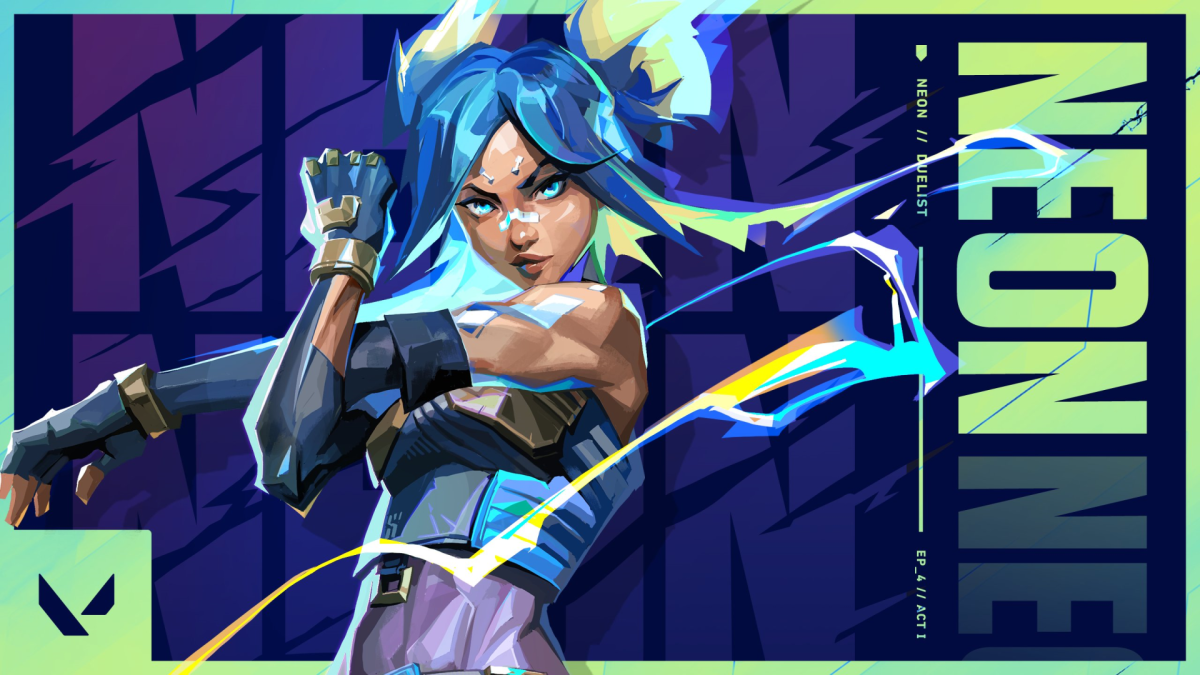
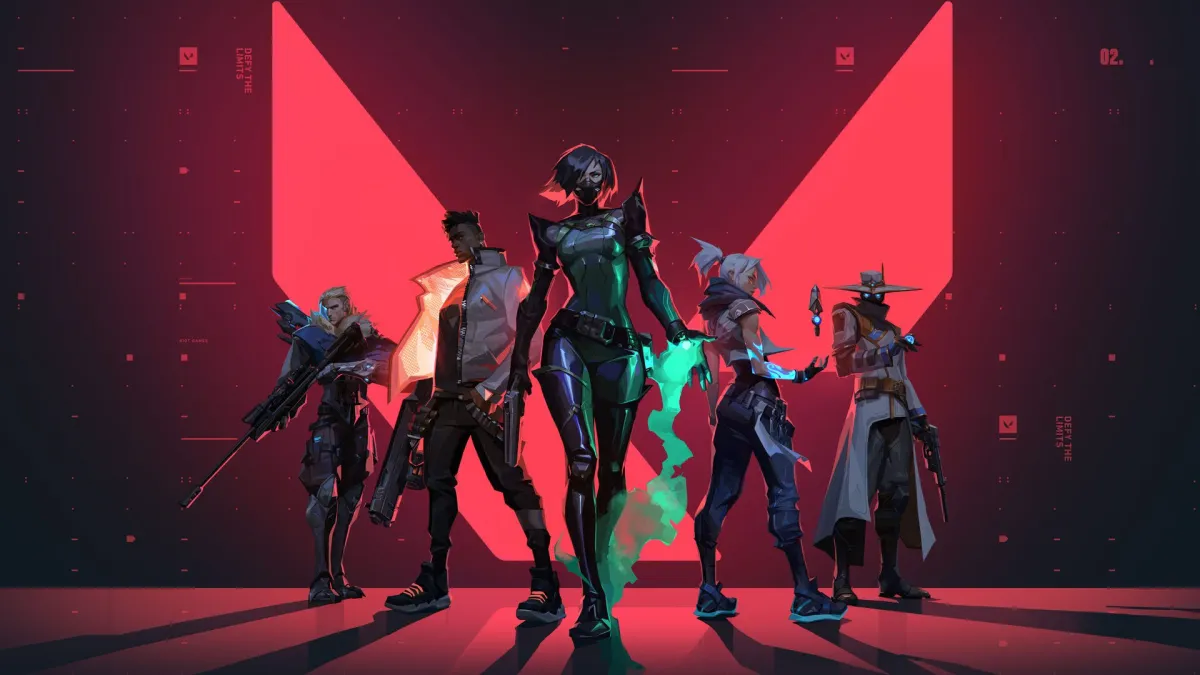
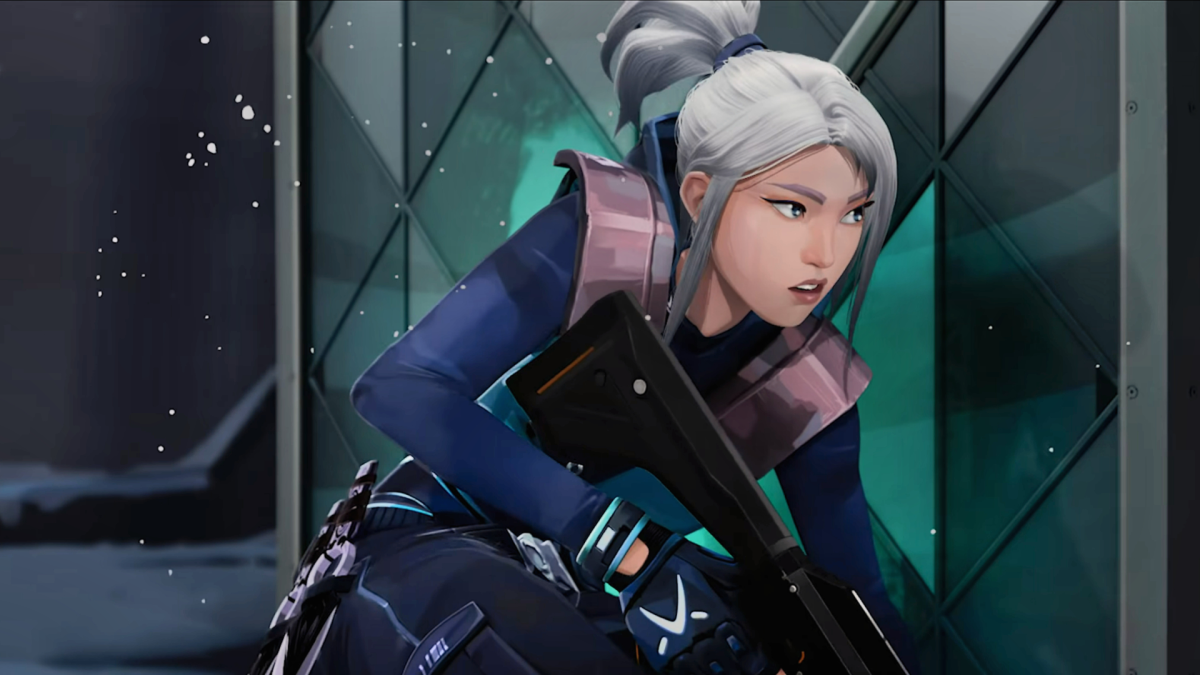
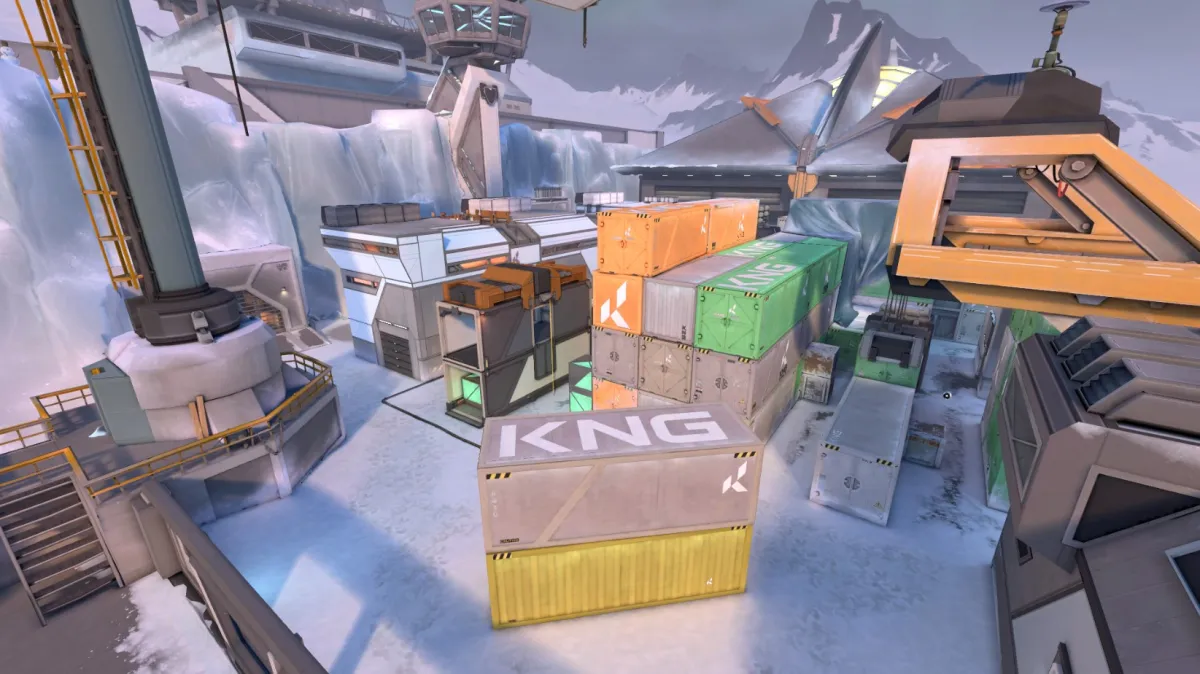
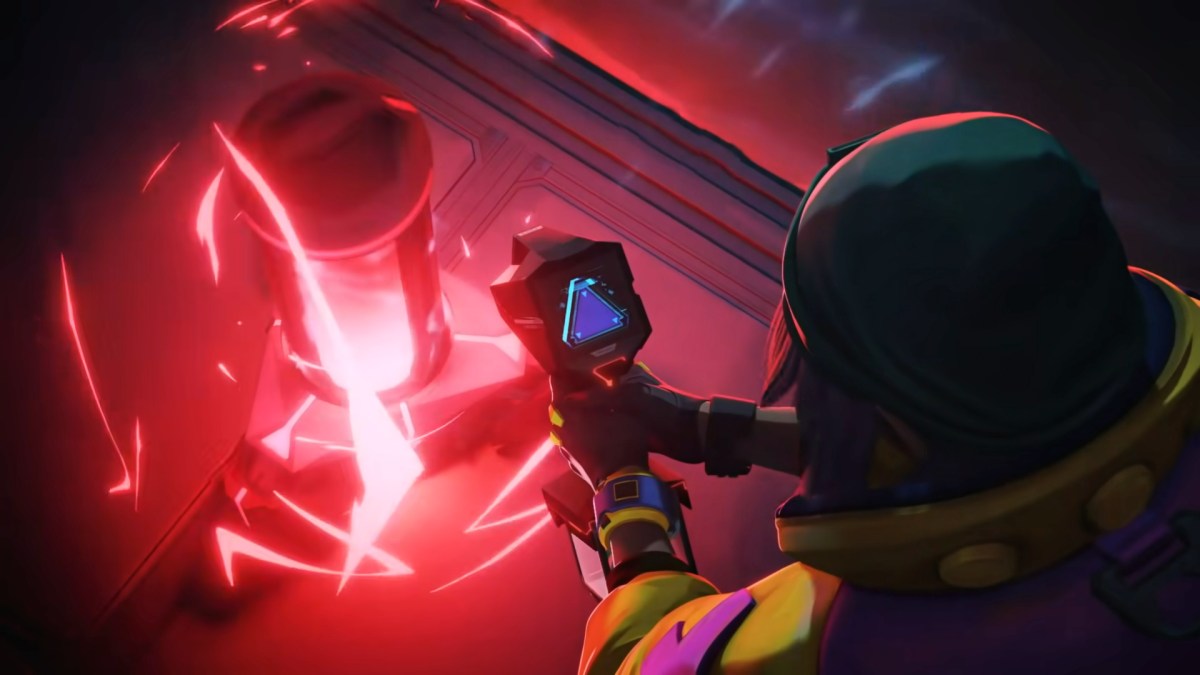






Published: May 31, 2021 12:28 pm